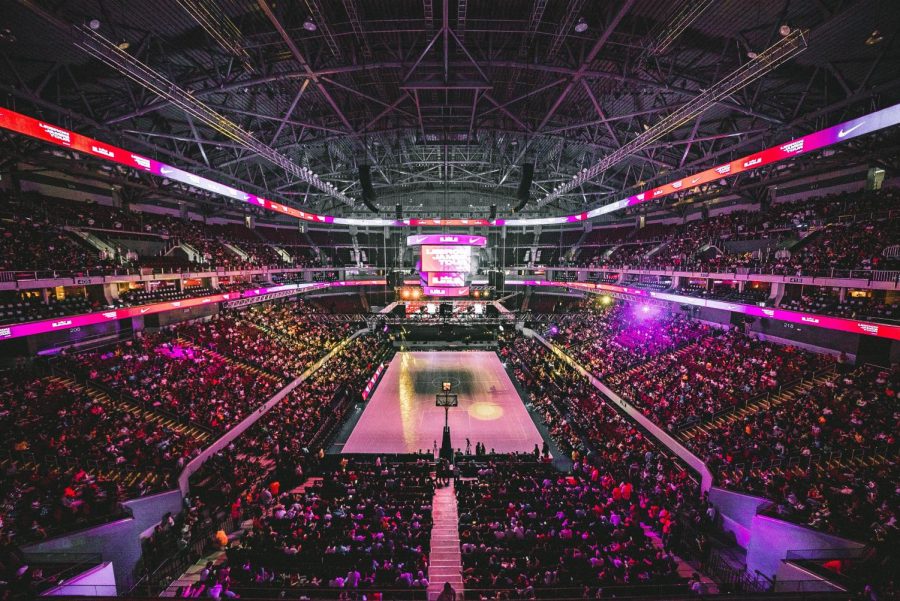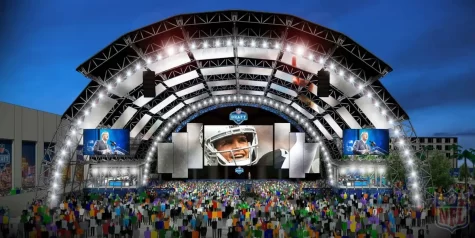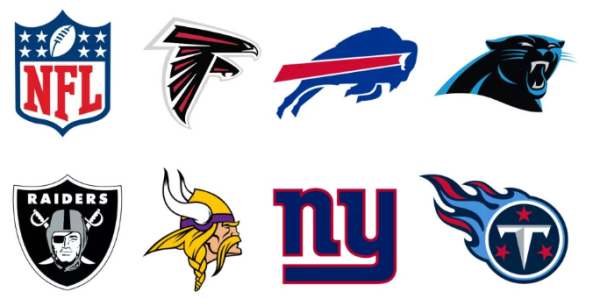How women’s sports are negatively impacted by sexism
Altheticism is unisex. Although most sports tend to be segregated by gender (take the NBA versus WNBA, for example), the rules and difficulty of said sport remain constant. Every individual athlete’s professional opportunities, interest in media, and salary should parallel this consistency – regardless of their gender. However, this is not the case. Years of systemic sexist practices and prejudices have effectively robbed women in sport of equal opportunities and exposure as their male counterparts.
The easiest and most accessible way to view both professional and college-level sporting events is on television. Oftentimes, popular sports games are broadcasted in public places such as restaurants, lobbies, and facility waiting rooms. In a poll taken of 32 Oakton students, 97% of them noted consistently viewing exclusively men’s sports being live streamed in said public places as opposed to women’s. In fact, women’s athletics receive a slim four percent of sports media coverage in the US, according to the Tucker Center for Research on Girls & Women in Sport at the University of Minnesota.
This contrast goes hand in hand with the fact that the videography of televised women’s sports games often plays into its “less entertaining” reputation. A study analyzing NBC’s 2004 Olympic track and field broadcast displays the variance between applied media aesthetics and how they affect viewership. The study found men’s sports reportage was purposefully presented as more visually appealing – it utilized more shot types, camera angles, and motion special effects per minute along with enthusiastic commentary. Lack thereof in women’s sports media depicts the broadcasts as slower, duller, and encourages them to be perceived as “naturally” less interesting to watch, reinforcing the idea that men in sports are the symbolic authority.
Popular belief states female athletics attain less viewership; though this is due to system-wide concerns previously mentioned, numbers show people do actively tune in. A common household name Serena Williams’ 2019 tennis match against Bianca Andreescu attracted 3.4 million viewers, setting the record as the most-watched tennis broadcast ever on TSN and RDS.
The drastic difference between men and women’s sports media coverage is unfair because it not only limits representation of female athletes, but also facilitates a wage gap. Because men’s sports receive such vast amounts of media attention, television licenses, and sponsorship deals, they rack up considerably more revenue. Because of this systemic issue, male athletes receive higher pay. Statistically, male athletes in basketball, golf, soccer, baseball, and tennis are awarded salaries anywhere from 15-100% higher than their female parallels. In 2018, Forbes released the official list of the top 100 highest paid athletes – all were male. Coincidence?
Another commonly presented argument simply states that “women aren’t as good at sports.” Though this conclusion fluctuates depending on the sport in question and statistically can be proven wrong, it isn’t the focus of these sexist issues. Sports shouldn’t require superior skill to deserve media coverage. College-level sports are a perfect illustration of the idea that entertainment does not depend on a player’s athletic ability. Men’s college basketball, for example, is widely renowned, despite those players being inferior to their professional-level correlatives in the NBA. An average of 10.5 million viewers tuned in to the 2019 NCAA March Madness tournament, effectively exhibiting that it isn’t the player’s skill viewers care about, it is their gender. Women’s sports are equally – if not more – as entertaining and inspiring as men’s; in fact, the lack of female representation arguably deserves more compensation, as women being celebrated in an athletic context is such a rarity.
Hello! My name is Alicia. I'm a sophomore and excited to join the Journalism staff for the 2020-2021 school year! I have always loved writing, and am eager...











